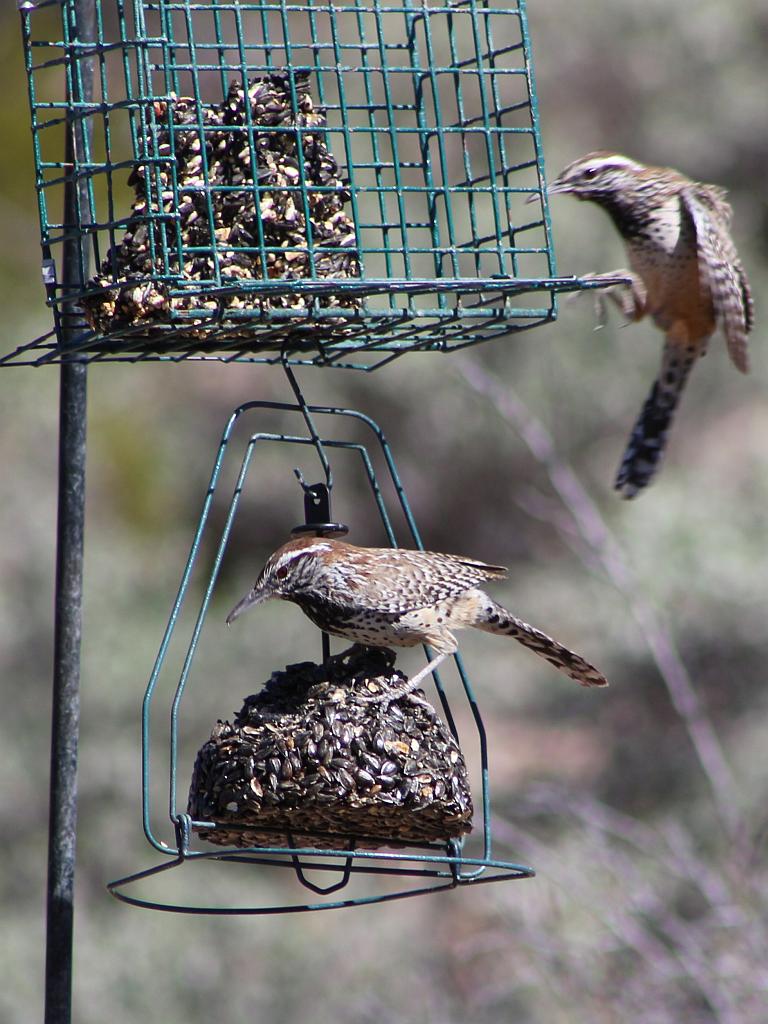 I photographed this colorful pair of Cactus Wrens (binomial name Campylorhynchus brunneicapillus) taking seeds from the feeders up on the hill behind the RV drive. Wrens are not usually seen on the feeders since their diet is more of insects and small critters, but, there they were, so I captured this image using the Canon EOS SL1 and the 300mm setting on the telephoto lens from about thirty feet away. They will take seeds and berries from time to time, however. This was one of those times.
I photographed this colorful pair of Cactus Wrens (binomial name Campylorhynchus brunneicapillus) taking seeds from the feeders up on the hill behind the RV drive. Wrens are not usually seen on the feeders since their diet is more of insects and small critters, but, there they were, so I captured this image using the Canon EOS SL1 and the 300mm setting on the telephoto lens from about thirty feet away. They will take seeds and berries from time to time, however. This was one of those times.
Cactus wrens habitat ranges from Mexico and into the desert southwest all the way from Texas to California within a few hundred miles north of the border. They are happy with the arid conditions and seldom drink water, even when it is available. They subside on the water content of the food they take.
Image: a pair of Cactus Wrens partaking from the seed feeders out back. Click on the image to enlarge.
I looked up some details about these birds on Wikipedia:
The cactus wren is the largest North American wren, at 18–23 cm (7.1–9.1 in) long. Unlike the smaller wrens, the cactus wren is easily seen. It has the loud voice characteristic of wrens. The cactus wren is much less shy than most of the family. Its marked white eyestripe, brown head, barred wings and tail, and spotted tail feathers make it easy to identify. Like most birds in its genus, it has a slightly curved bill. There is little sexual dimorphism.
It is a bird of arid regions, and is often found around yucca, mesquite or saguaro; it nests in cactus plants, sometimes in a hole in a saguaro, sometimes where its nest will be protected by the prickly cactus spines of a cholla or leaves of a yucca.
The cactus wren forms permanent pair bonds, and the pairs defend a territory where they live all through the year.
In residential areas, cactus wrens are notorious for getting into mischief. Being curious birds, it is not uncommon for these wrens to be found flying about out-of-place in automobiles where the owner has left a window open or it may even enter homes with an open door or window and find itself trapped.
With regard to that last paragraph – I’m not absolutely sure about this, but shortly after the back patio was screened-in, there was a bird trapped within which we shooed out of an open door shortly thereafter. This may have been one early encounter with a Cactus Wren after moving to the desert.

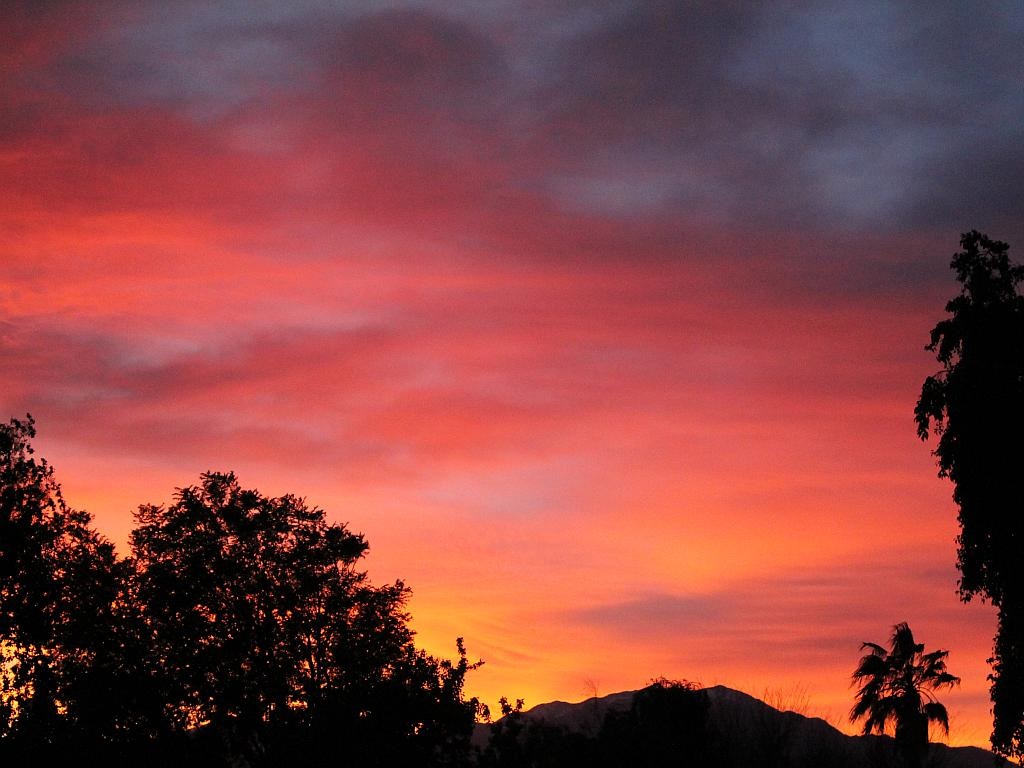
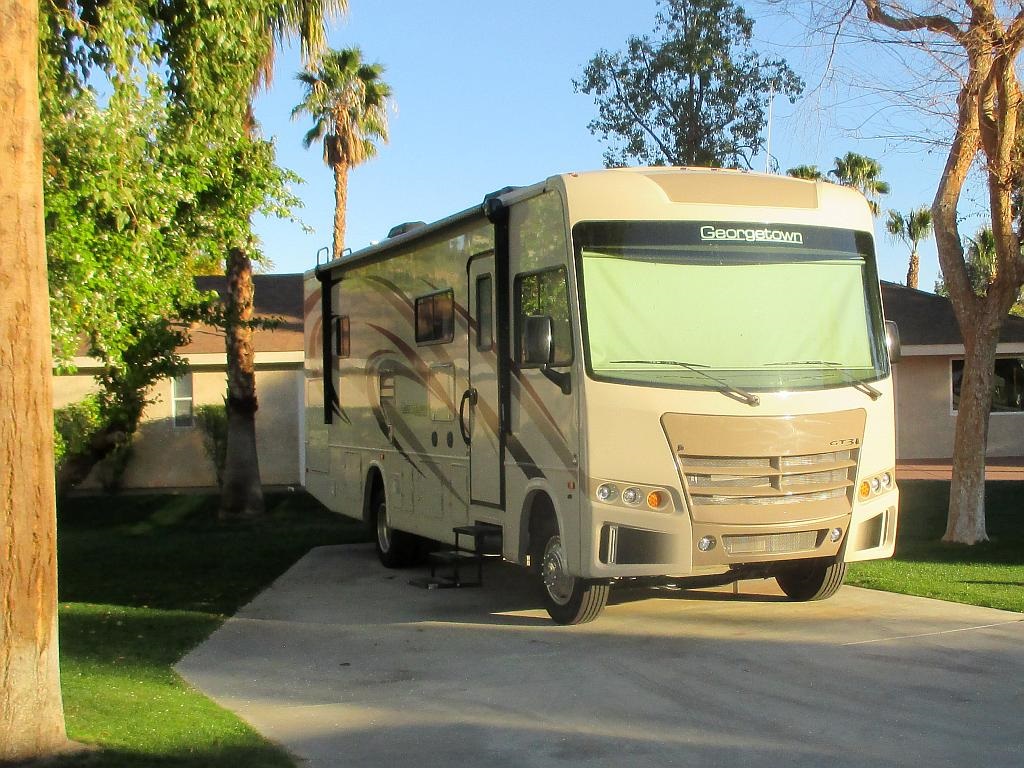
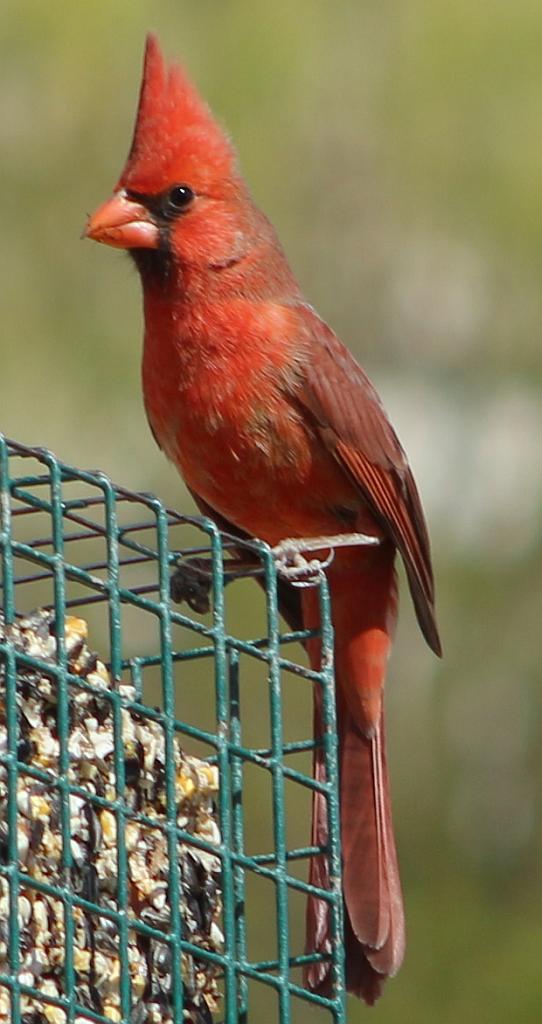
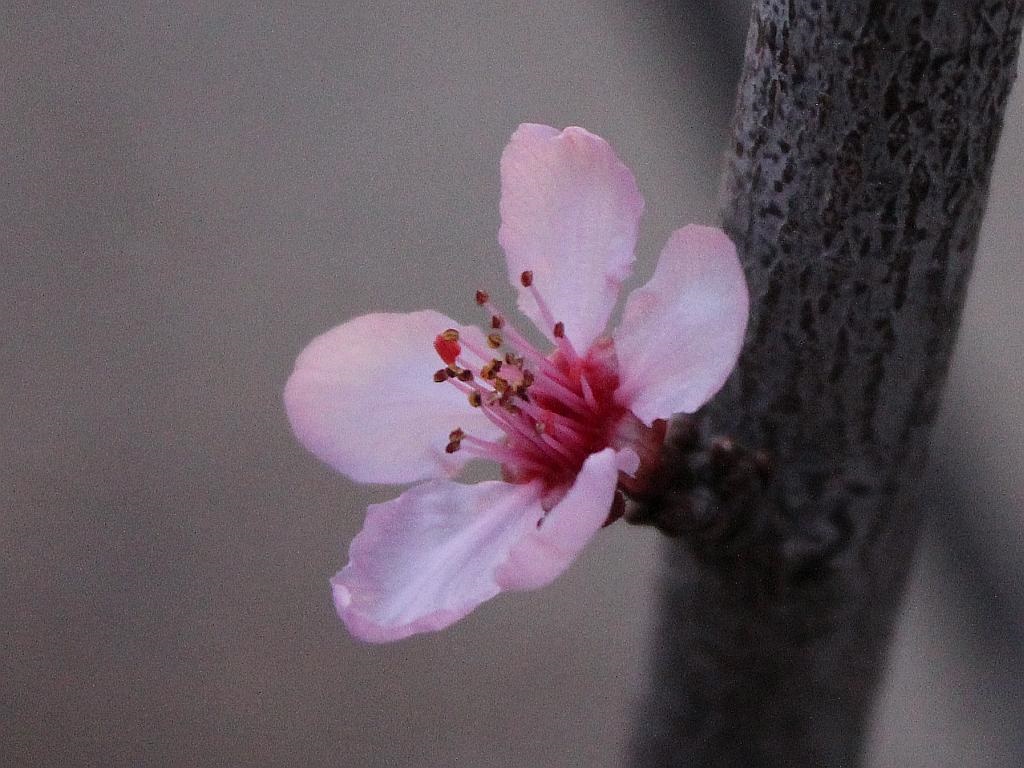

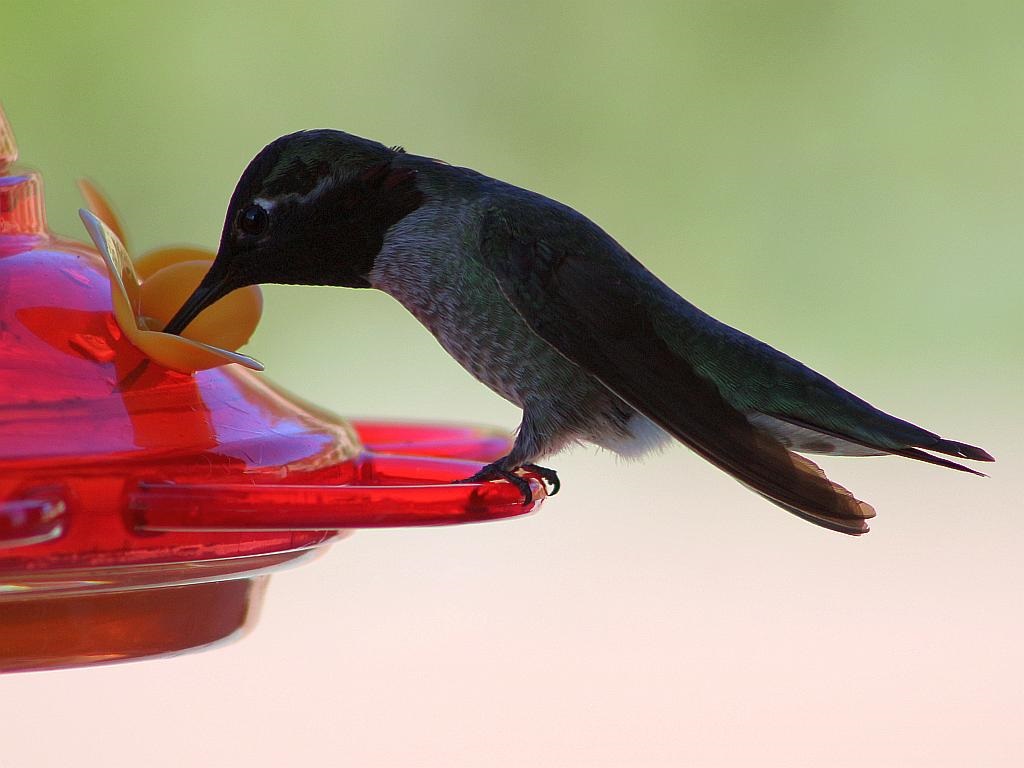
 Damsel and I were out in the courtyard to watch the overflight of the International Space Station this evening. It was still pretty light out and I wanted to see if I could see Sirius in Canis Major as a gauge for the predicted magnitude of the ISS at -1.9. Sirius is magnitude -1.46, a little less bright than the satellite.
Damsel and I were out in the courtyard to watch the overflight of the International Space Station this evening. It was still pretty light out and I wanted to see if I could see Sirius in Canis Major as a gauge for the predicted magnitude of the ISS at -1.9. Sirius is magnitude -1.46, a little less bright than the satellite.